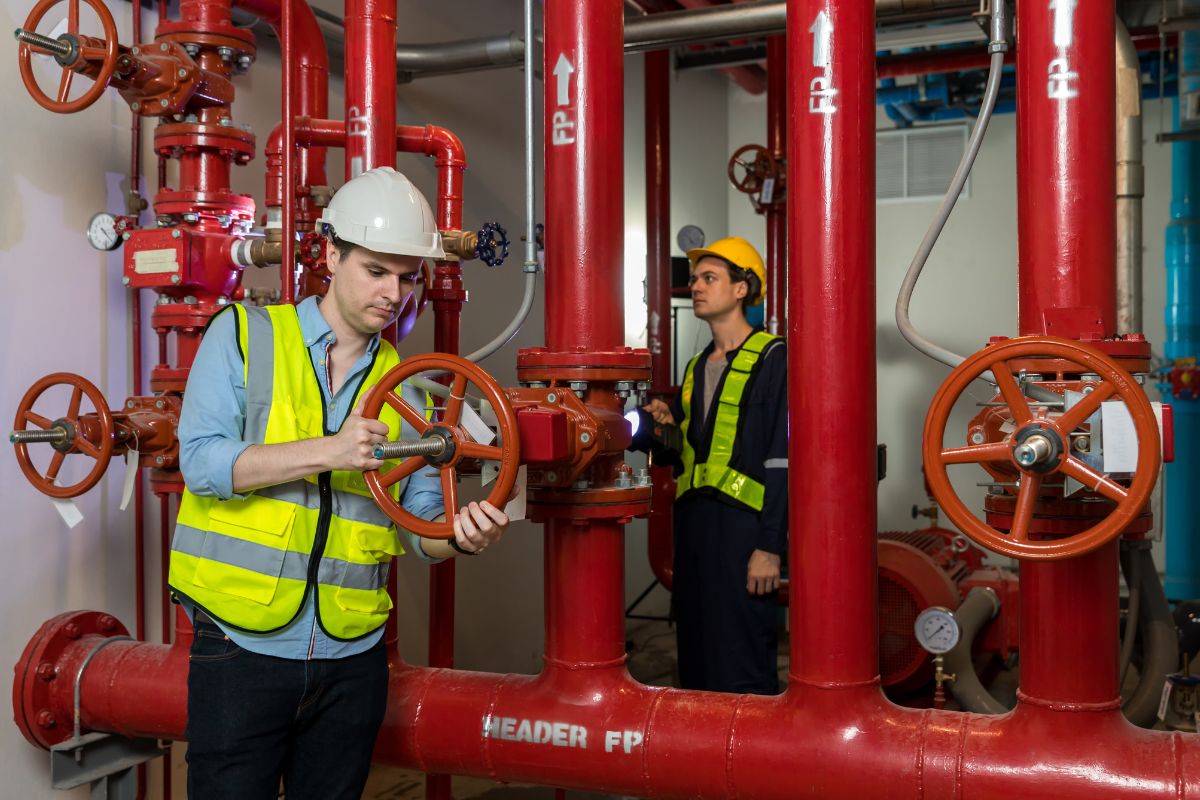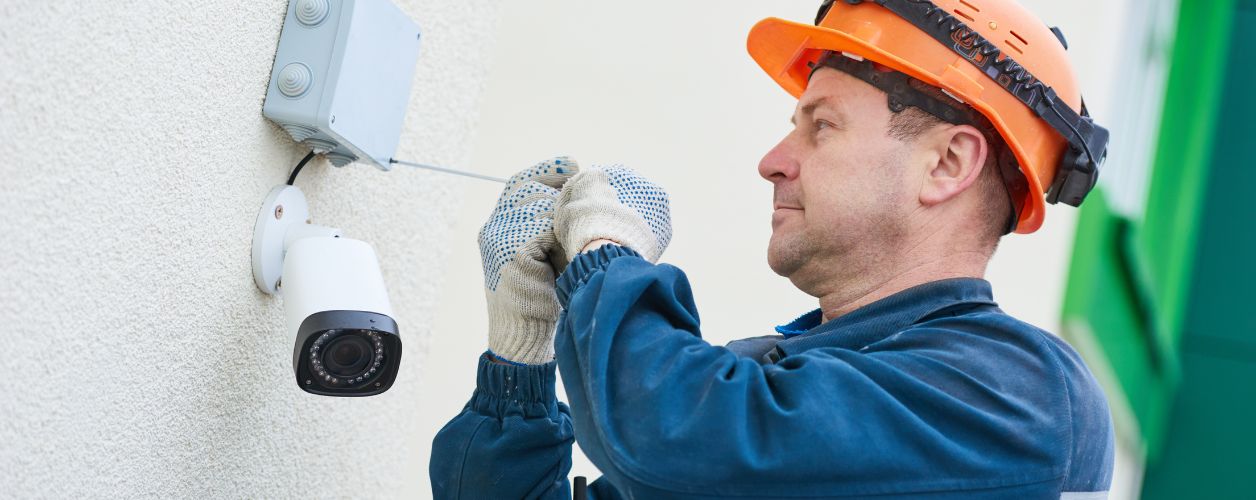How Much Does Fire Alarm Installation Cost? All Details On Fire Alarm Systems
A fire alarm system implements different components that perform dual functions of detection and notification regarding fire and smoke hazards. Fire alarm systems are essential in protecting lives as well as property because they detect hazards early, thus allowing time for warning to occur.
Hand-operated manual detection systems and automatically functioning detection systems constitute the fundamental categories of fire alarm systems. These devices, especially smoke detectors along with heat sensors, function automatically to identify hazards on their own.
Pull stations operate as manual fire alarm activation devices, which require building occupants to activate them. Modern fire alarm systems implement automatic and manual detection systems because they create a complete defense solution.
Fire alarm systems operating within Australia need to meet full compliance with National Construction Code (NCC) requirements alongside AS 1670.1 Australian standards and other related regulations.
The Fire Alarm Installation Cost depend on multiple variables that include the system type, together with its installation difficulty level. Let us check all the details to install the fire alarm system wisely.
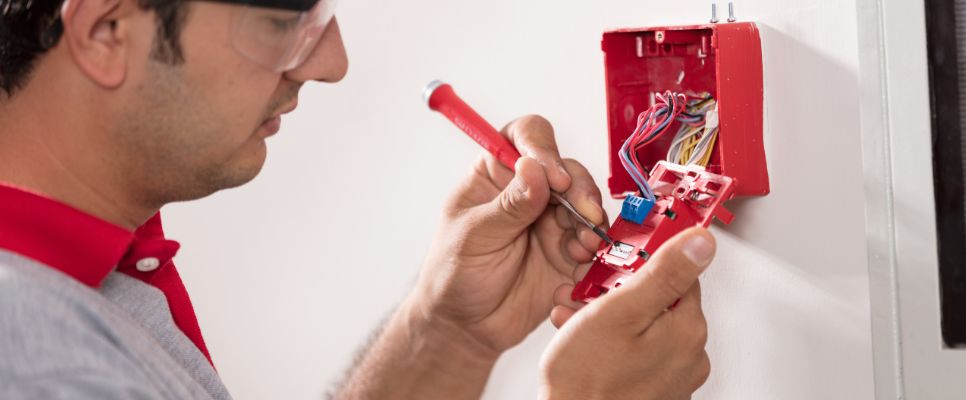
Types of Fire Alarm Systems and Their Costs
The Australian market provides different fire alarm systems which serve distinct functions. The expenses linked to installation depend on which system you choose to implement.
Smoke Detectors
Smoke detectors represent the dominant selection for fire detection systems. The alarms contain sensors that identify smoke particles in the air and activate an alert signal when smoke appears. Householders and small business owners find smoke detectors to be the least costly solution, along with their
straightforward installation process.
- Battery-Powered Smoke Detectors: Battery-operated smoke alarms remain budget-friendly and simple to put in place because they need no electrical connection. These devices operate without wires to become suitable for home installation by non-professionals. You can purchase each unit for $30 to $100 based on the brand type and available features.
- Wired Smoke Detectors: Built to the building wiring system, these smoke detectors deliver better performance than standalone battery-operated ones. Each wired smoke detector unit costs anywhere from $100 to $250. The installation expenses for wired systems become elevated when electricians must complete the wiring procedures for the system.
Heat Detectors
Heat detectors function within spaces that pose potential risks for smoke detectors to deliver false alarms, including kitchens and workshops, together with garages. A sudden temperature increase activates these detectors, so they remain effective in areas that generate unnecessary alarms during cooking activities.
- Cost of Heat Detectors: Market prices for heat detectors exceed those of smoke detectors because they cost between $100 to $300 for each unit. The total installation expenses will vary according to the number of wires installed and the site where the setup occurs.
Combination Smoke and Heat Detectors
Businesses with bigger facilities, along with residential properties, benefit from dual-detection devices, which handle heat and smoke alarm functions as a single unit when looking for cost-effectiveness. The intended design of these units increases coverage scope while minimizing the number of units needed for property monitoring.
- Cost of Combination Units: A purchase of combination units, which detect smoke along with heat, costs from $200 to $500 per unit. Properties requiring different environmental settings tend to select these alarm systems.
Addressable Fire Alarm Systems
Addressable fire alarm systems serve buildings of extensive size and commercial spaces, including offices and also buildings. These complex detection systems focus identification on determining fire location accurately. The addresses assigned to every device create a specific detection point for the fire alarm panel to identify where the activation occurred. The location-determining strength of addressable systems proves beneficial for buildings consisting of numerous zones because of their specific identification capability.
- Cost of Installation: Addressable fire alarm installation expenses vary between $1,000 and $5,000 according to the facility dimensions, along with the quantity of required units. Costs increase due to installation complexity, together with requirements for distant monitoring abilities and system control features.
Conventional Fire Alarm Systems
Small commercial facilities together with residential properties represent suitable applications for conventional fire alarm systems. These systems establish different areas through their zonal partition that holds a specific set of detectors. After alarm activation, the fire panel displays which zone triggered the alert, even though it does not determine which specific detector caused the alarm.
- Cost of Installation: The installation expenses for conventional fire alarm systems start at $500 and extend to $2,000 based on the detector quantity and number of zones needed.
Factors Affecting Fire Alarm Installation Costs
Multiple elements determine the complete expense associated with fire alarm setup. The installation's costs depend on three fundamental factors: system type, property dimensions, and installation difficulty.
Property Size
The total property dimensions become the primary determinant that affects fire alarm installation expenses. The installation cost increases substantially with enlarged properties because more detectors, along with increased requirements for wiring and devices, become necessary. For example:
- Residential Properties: Standard residential properties with 3 bedrooms require between $500 and $1,500 to establish basic smoke detector networks.
- Commercial Properties: Business property owners need to budget between $1000-$10000 or higher for fire alarm installations based on detector numbers and system complexity requirements for their offices or retail establishments.
System Complexity
System complexity determines installation expenses through different factors. The installation expenses grow higher when advanced features of connectivity between safety systems, such as sprinkler systems and emergency lighting, need to be implemented or when existing networks require integration.
- Basic Systems: A basic smoke alarm system featuring several detectors along with alarms remains affordable owing to its simple design.
- Advanced Systems: The expenses for advanced fire alarm systems with monitoring components and integration options, and voice evacuation systems become substantially more expensive.
Compliance with Regulations
The installation of fire alarm systems follows the construction requirements established by local and national building frameworks in Australia. Commercial properties need to fulfill two requirements, which include National Construction Code (NCC) requirements and AS 1670.1 fire detection and alarm system standards. Building areas may need supplemental safety systems, such as voice evacuation systems, along with smoke vents, so installation expenses become higher.
Labour Costs
The expenses for labour turn on your installation site, along with the system's difficulty level. The installation expenses in Australia for licensed fire alarm professionals and electrical technicians range from $50 to $150 each hour. Smaller systems require a brief labour period, but bigger installations need labour durations ranging from several days up to multiple weeks according to system complexity.
Comparison Of Prices for Fire Alarm Installation
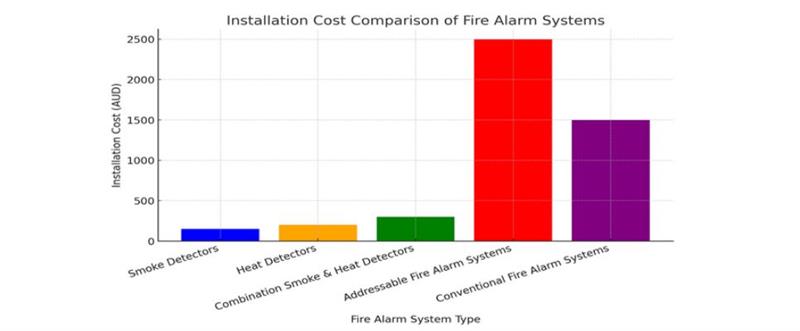
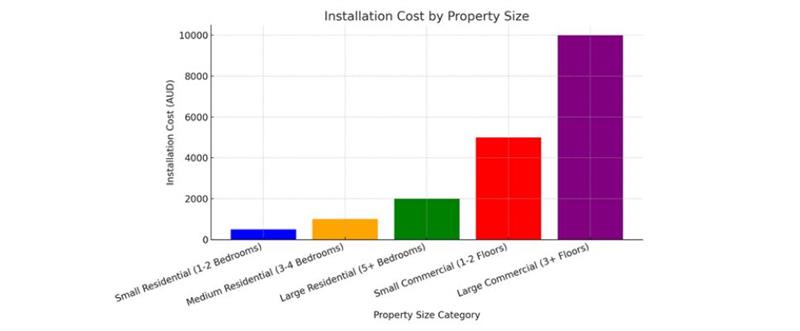
Additional Costs to Consider
Multiple budget variables need evaluation along with installation costs during fire alarm system planning.
Maintenance Costs
The maintenance of fire alarm systems occurs regularly to maintain their operational status. The maintenance operation consists of performing battery checks along with alarm testing and sensor cleansing, and wire inspections. Scheduled testing, along with servicing procedures, helps maintain Australian standards compliance for the system.
- Basic maintenance service requires businesses to spend between $100 and $250 for each service appointment.
- The annual maintenance contract for business security systems ranges in cost from $300 up to $1,000 according to system size and complexity.
Certification and Inspection Fees
All fire alarm systems require adequate certification inspections to verify their compliance with safety code standards post-installation. The inspection process becomes a legal requirement for commercial properties, although it might be necessary to conduct it annually.
- The expense of certification, together with inspection services, includes a yearly price between $200 and $500.
Upgrades and Add-ons
Costs increase when a person both replaces their existing fire alarm system and integrates remote monitoring and intercom systems, and links these with different protective emergency systems. Extraneous detectors alongside sophisticated additions or security system intrusions increase pricing between $100 and $1,000.
Cost Breakdown by Region
Fire alarm system installation costs in Australian cities vary based on factors such as property size, system complexity, and specific regional requirements. Below is an overview of the average installation costs in major Australian cities:
- Sydney: Professional installation typically costs between $140 and $250.
- Melbourne: Installation costs range from $140 to $170 for one alarm or around $310 for two alarms.
- Brisbane: New fire alarms are priced at $99 per unit, with a compliance/service fee of $129 per home/inspection. The overall installation costs $150 to $250.
- Perth: Installation services start from $170 per alarm.
- Adelaide: Supplied and installed from $199.
- Canberra: Installation costs range from $160 to $280.
It's advisable to consult with local professionals to obtain accurate quotes tailored to your specific needs and to ensure compliance with regional safety regulations.
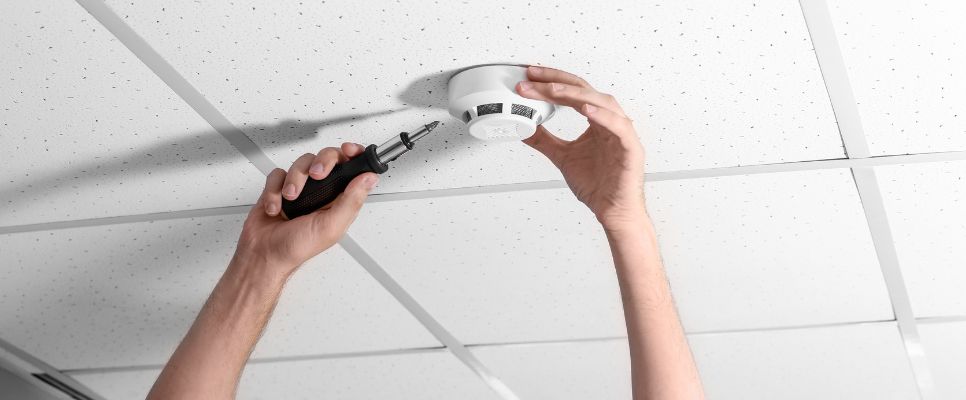
How to Reduce Fire Alarm Installation Costs
Different strategies exist for controlling the installation expenses of fire alarm systems.
- Get Multiple Quotes: Because you want to get the best price you should obtain installation quotes from various licensed installers. Fire alarm installation expenses differ according to the selected region and the professional installer selected, and the extent of installation procedures required. Search for multiple quotes enables the identification of affordable solutions. Some companies offer bundled services, including both fire alarm systems and partnerships with security door installers, which can reduce total installation costs.
- Opt for a Basic System: For those with restricted finances, there are standard smoke detection devices that might be suitable. Basic smoke detector systems will ensure critical fire safety features, although they lack more advanced capabilities found in high-end systems.
- Install the System in Phases: A fire alarm system can be implemented through staged installations that suit properties of any size or system complexity. The essential zones of your property, such as kitchens and hallways, should get priority in your fire alarm system installation, with further system building phases possible as the budget expands.
- DIY vs. Professional Installation: Self-installation of simple smoke detectors is possible, yet professionals are best suited to handle more advanced system installations.
- DIY Installation: DIY installation is possible because battery-operated smoke detectors have basic installation instructions that lead to successful installation by average DIY individuals. Professional installers are needed to execute wired systems or large installation projects.
- Professional Installation: Using a licensed installer will guarantee your safety system receives proper installation that fulfills all safety requirements. The workforce that installs these systems also provides programming and configuration support to ensure maximum efficiency of the system.
The Ultimate Verdict: Why Professional Installation is Key to Your Safety
In Australia, the cost for a fire alarm setup can begin around $500 for systems integrated into your overall Home Automation and Security framework, while comprehensive commercial installations can surpass $10,000. The final expense is influenced by several key factors, such as property size, the complexity of the system chosen, labour costs, and specific regulatory compliance.
Investing in a high-quality fire alarm system is an essential measure for protecting lives and safeguarding your property. While the initial cost may seem high, it is a small price to pay when compared to the devastating potential losses from a fire. By understanding the different types of systems and their associated costs, you can make an informed decision that aligns with both your safety needs and your budget.
To ensure your system functions flawlessly when you need it most, it is crucial to hire professional Fire Alarm Installers for both the initial setup and ongoing maintenance. For a truly comprehensive safety solution, many property owners also consult with expert Security System Installers to integrate alarms with other protective measures. This can include strategic placement of cameras by qualified CCTV Installers, creating a multi-layered defence against all potential hazards to your property and its occupants.

